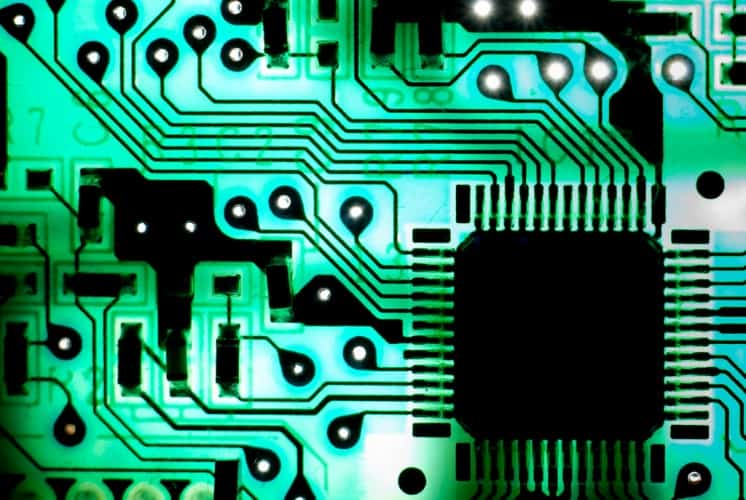Rather than the electronic storage used for today’s computers, the researchers from Germany and the UK say the new method will enable extremely fast high bandwidth transfer of data using light. What’s more, the memory storage can be located directly on the processing chip, further speeding up the computing process.

Using phase change materials that alter their optical properties depending on the arrangement of their atoms, the team has been able to create what they claim is the first permanent, all-optical on-chip memory. Using very fast light pulses to switch the material between crystalline (regular) and amorphous (irregular) states, many bits can be stored in a single integrated nanoscale optical phase-change cell. The research is published in scientific journal Nature Photonics.
“With our prototype we have, for the first time, a nanoscale integrated optical memory that could open up the route towards ultra-fast data processing and storage,” said professor David Wright from the University of Exeter’s engineering department.
“Our technology might also eventually be used to reproduce in computers the neural-type processing that is carried out by the human brain.”
Fibre optics are widely used for the transfer of data using light, but processing and storage are still almost exclusively electronic. Optical memory could be a key step in the evolution of computing, facilitating the extension of Moore’s Law, and the continued increased performance of integrated circuits.
“Optical bits can be written in our system at frequencies of up to a gigahertz or more,” said Oxford University’s professor Harish Bhaskaran, one of the lead co-authors of the research.
“Our approach can define a new speed limit for future processors, by delivering extremely fast on-chip optical data storage.”




Nanogenerator consumes CO2 to generate electricity
Whoopee, they've solved how to keep a light on but not a lot else.